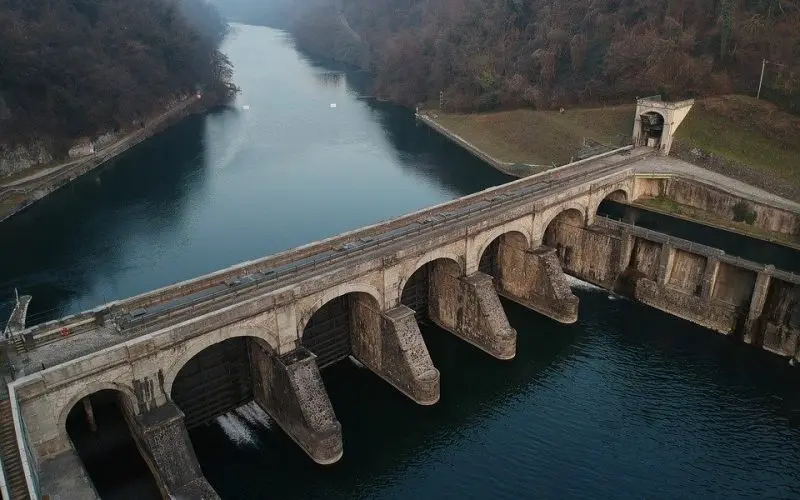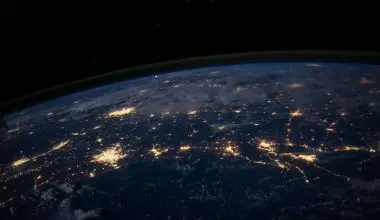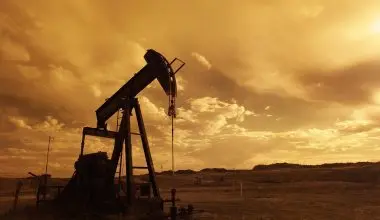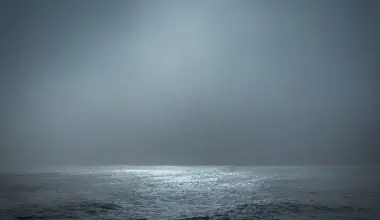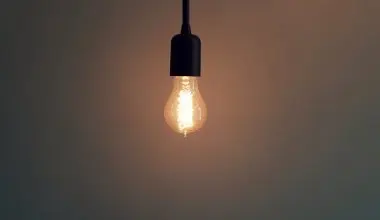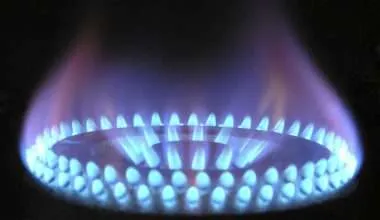Table of Contents Show
What is Hydropower?
Hydropower is the energy generated when water flows through a turbine. Hydropower was developed earlier than any other renewable source of energy, as early as 1940’s, when it used to supply 1/3 of the Electrical needs of the U.S.
Most of the hydroelectric dams were built around 1960’s but not many since then. As of now, Hydropower fulfills 6% of United States’ energy requirements.
There are a couple of reasons for the decline of hydroelectric dams, the most prominent being that majority of the investments are used in development of other energy sources. There are a few other reasons to it as well, which we will discuss ahead.
Advantages of Hydroelectricity (Hydropower)
1. Clean and Green
Making electricity from hydropower does not cause any harmful greenhouse gas emissions, which protects the climate. However, there is considerable pollution during the construction of these dams.
2. Efficient
The process of producing hydroelectricity is quite efficient, with high energy conversion efficiency. This is the ratio of the output of the Hydropower plant to the energy input, basically how much of the energy provided to the plant is converted into electrical energy. That tells us how efficient the power plant is.
Usually Hydropower plants have an energy conversion efficiency of 90%. The efficiencies of other renewable sources of energy are lower; as solar is 15% efficient while wind power is 60% efficient.
3. Reliable
Hydroelectric dams can be used to provide us with uninterrupted supply of electricity, so long as there is water in the reservoirs. This store of water can be flown through the turbines at a specific rate so as to meet the demands of electricity. Hence, as long as there is sufficient water in the reservoir,
Some of the countries that have higher hydropower resources rely on them as the base-source of energy.
4. Cost-effective:
Hydropower dams have good return on investment in the long run. They make electricity at the same cost as coal and natural gas but they are a green source of energy, hence better and competitive.
5. Safe
When talking about sources of energy, hydroelectric power is one of the safest sources, as compared to nuclear energy and fossil fuels. Here there are no fuels involved, water is the only fuel which is anything but dangerous.
6. Renewable
Hydroelectric power, above all, is a renewable source of energy. This means we can continue making energy as long as there’s water in the world.
Disadvantages of Hydroelectricity (Hydropower)
1. Environmental Issues
Most of the dams constructed in the United States were built without considering their environmental impact. The Environmental impact came into effect due to the damming of water, altered river flows and infrastructure of the power plant such as roads and power lines. Along with that, there are changes in the chemistry and temperature of the water.
Fishes choose their habitat if their requirements are met. These include water levels and speed of water flow along with shelter locations and feeding opportunities. Draining the reservoirs of water could be very devastating to the fishes. This has led to extinction of a few species of fish. Some are endangered such as Salmon population in Pacific Northwest has highly decreased due to construction of large dams.
The fluctuating flow of water has also led to a numerous other effects as well, such as damage to forests and farmlands, erosion of coastlines and migration of birds.
2. Location
The previously proposed locations for building these dams have been strongly opposed by environmentalists. The plan to build Echo Park Dam at Dinosaur National Monument met with strong opposition by environmentalists.
Some Environmentalist groups such as the Sierra Club claimed that the government was favoring infrastructure development rather than the area’s natural beauty.
Existing suitable reservoirs have started being used for hydroelectric power generation. About 30 ideal power plant locations with the ability to produce 2000 MW have been brought up. Only one of these plans has been brought into action.
3. Human Migration
Construction of large hydroelectric power plants has led to migration of human populations. The Three Gorges dam in China caused more than a million people to lose their homes and it also flooded 12 cities, 150 towns and almost 1500 villages.
4. High Investment
Although, when running a hydroelectric power plant, the maintenance costs are low and only a few people are hired, the initial investment is very high and puts a major dent in the administrations budget.
5. Drought
Hydroelectric power is generated from water reservoirs, which means electricity production could be affected during drought conditions.
